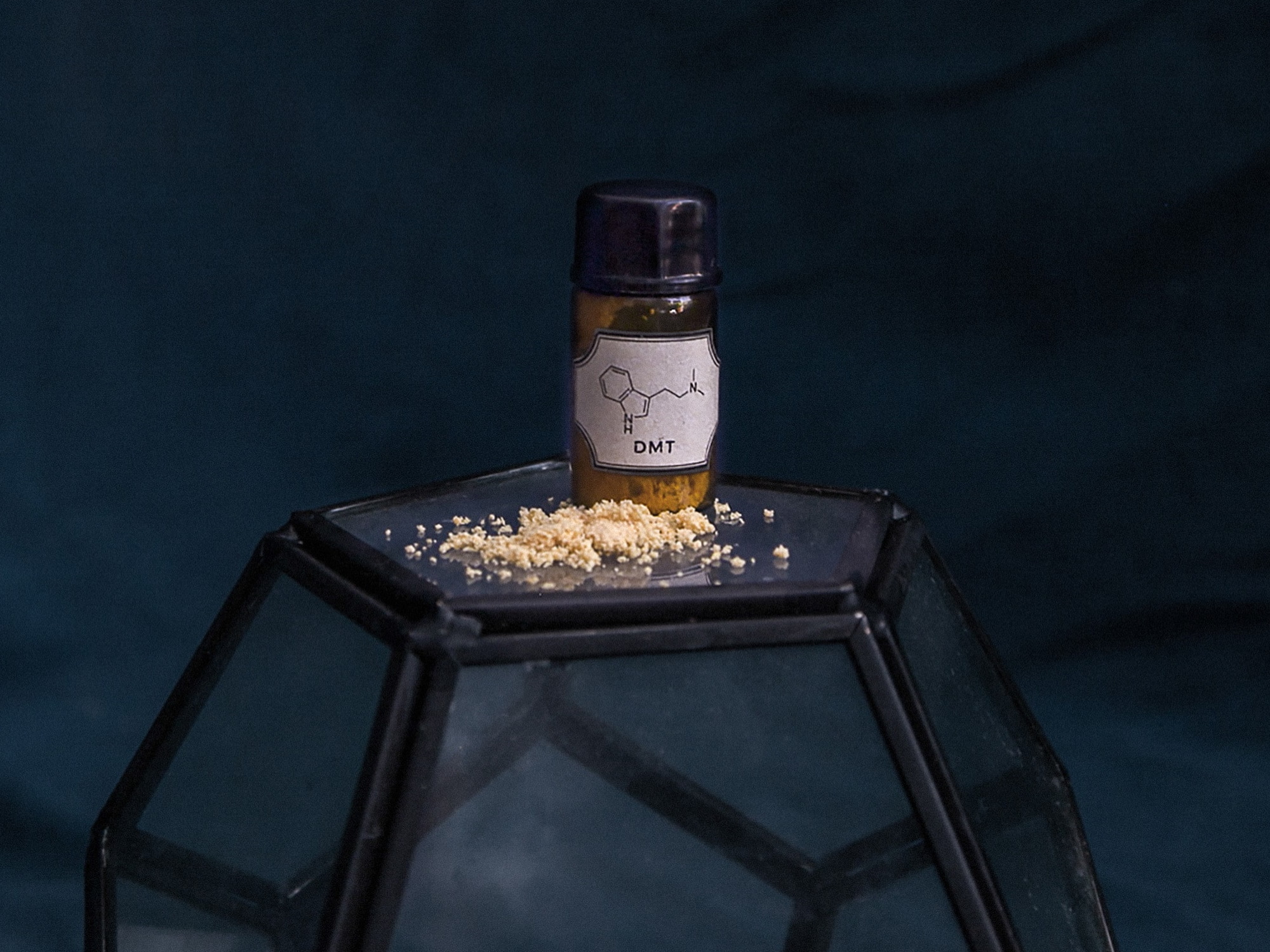ZINC BROMIDE ANHYROUS

What is Lorem Ipsum?
Lorem Ipsum is simply dummy text of the printing and typesetting industry. Lorem Ipsum has been the industry's standard dummy text ever since the 1500s, when an unknown printer took a galley of type and scrambled it to make a type specimen book. It has survived not only five centuries, but also the leap into electronic typesetting, remaining essentially unchanged. It was popularised in the 1960s with the release of Letraset sheets containing Lorem Ipsum passages, and more recently with desktop publishing software like Aldus PageMaker including versions of Lorem Ipsum.
ZINC BROMIDE ANHYROUS
✅ Zinc Bromide Anhydrous (CAS 7699-45-8) – Product Description
Zinc Bromide Anhydrous is a high-density, anhydrous inorganic compound used extensively in oil & gas, pharmaceuticals, chemical synthesis, and electronics. Known for its excellent solubility in water and its role as a clear brine fluid, it is vital in drilling operations, catalysts, and chemical processing. We offer Zinc Bromide Anhydrous in various grades for specialized applications, with consistent export to USA, Malaysia, Vietnam, and Chile.
Widely used in:
-
Oil & Gas Industry (as a clear brine fluid)
-
Pharmaceuticals
-
Chemical Manufacturing
-
Electronics & Optics
-
Catalysts & Reagents
-
Laboratory & R&D
Available in:
-
Oilfield/Drilling Grade
-
Pharmaceutical Grade
-
Industrial Grade
-
Reagent Grade
-
High-Purity Grade
Functions:
-
Used as a clear brine fluid in drilling and completion operations
-
Acts as a catalyst in organic and inorganic reactions
-
Functions as a Lewis acid in synthesis
-
Serves as a radiation shielding component
-
Used in photographic and electrochemical applications
Classified under:
-
Zinc Compounds
-
Bromides
-
Inorganic Salts
-
Halide Compounds
-
Specialty Chemicals
CAS Number
7699-45-8
Formula
ZnBr₂
Molecular Weight
225.198 g/mol
Density
4.2 g/cm³
Melting Point
394 °C